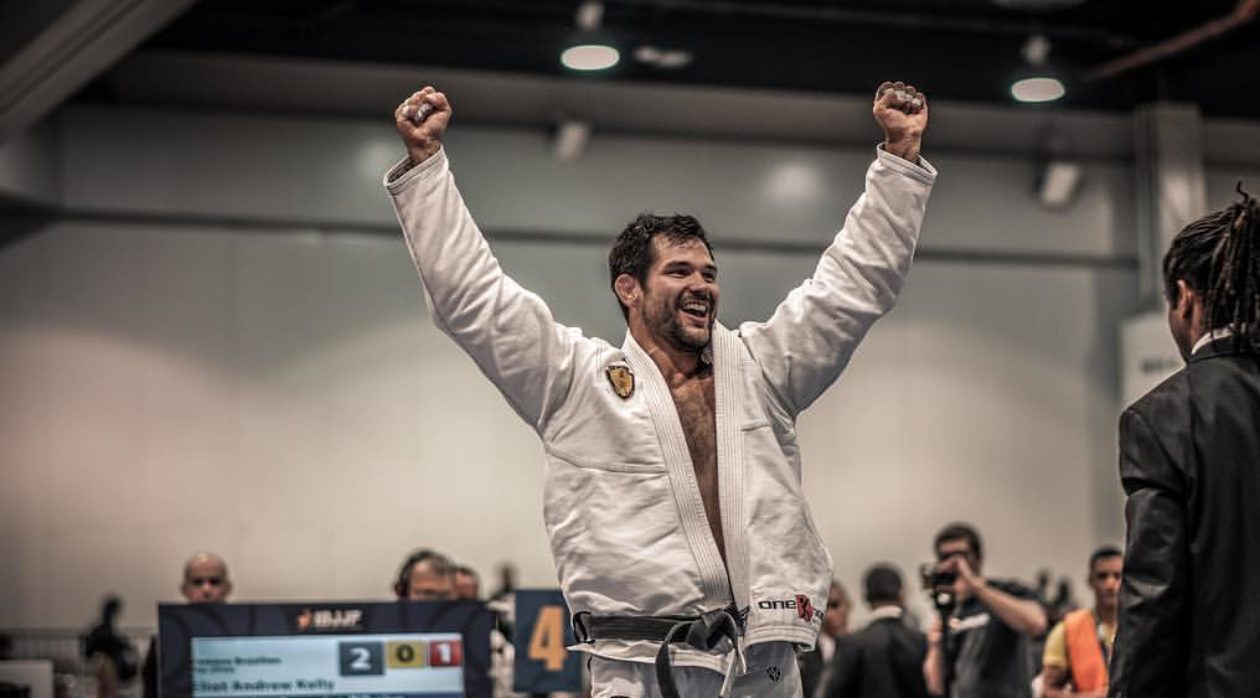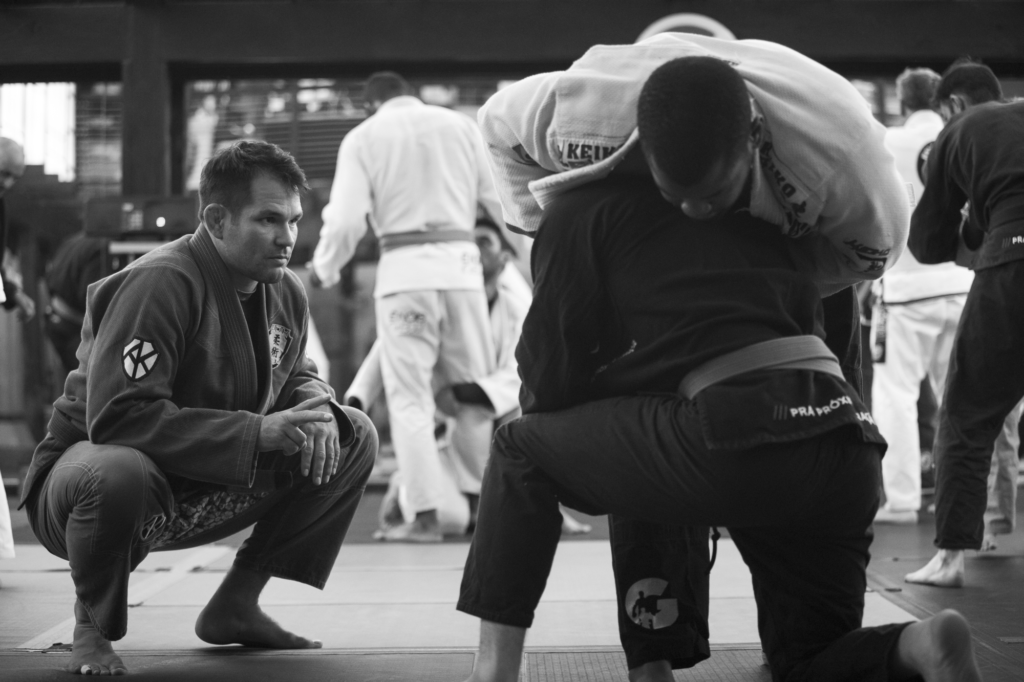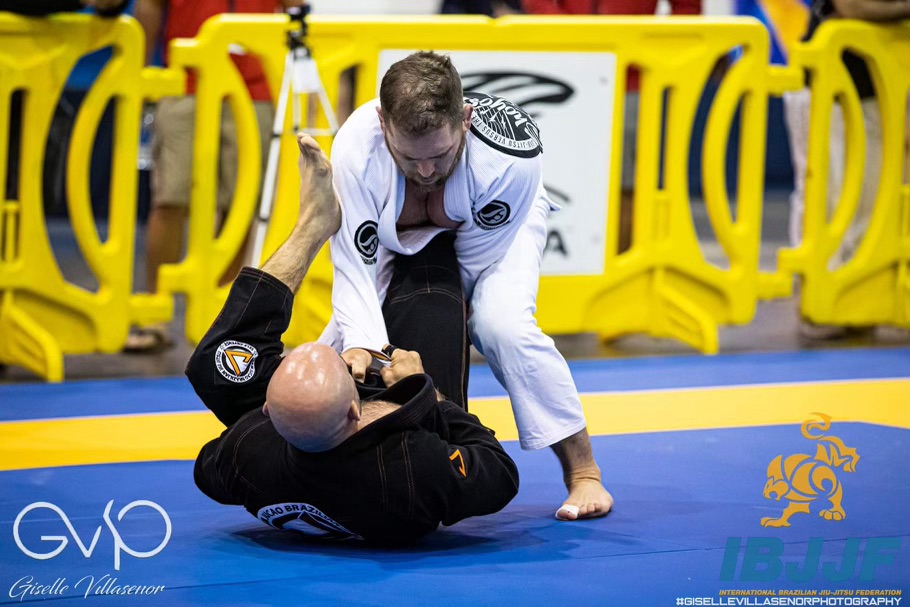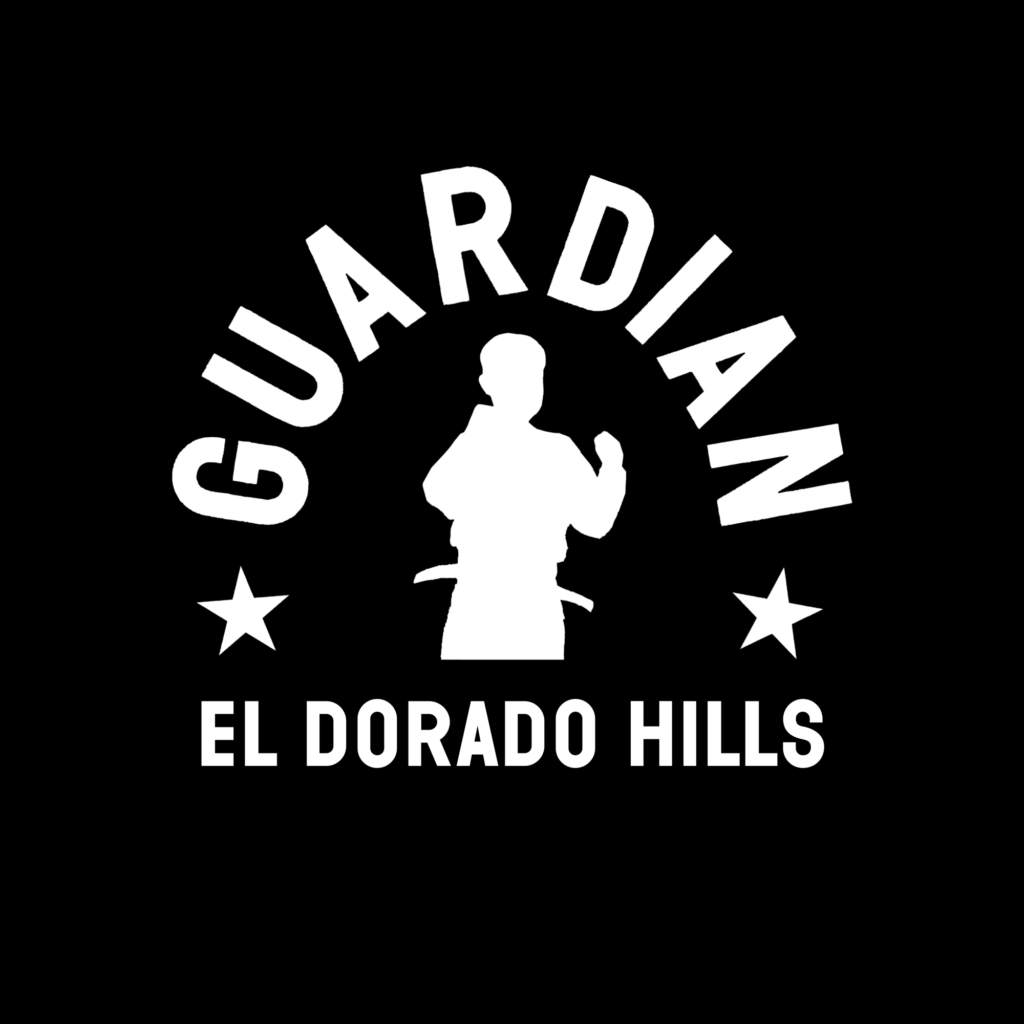
At El Dorado Hills Jiu Jitsu, we know that the way you start your day sets the tone for everything that follows. Incorporating a morning routine that includes meditation and fitness can be a game-changer, whether you have just a few minutes or a couple of hours to spare.
The 3-Minute Morning Routine: A Quick Start for a Powerful Day
Even if you’re pressed for time, a short morning routine can have a profound impact. Here’s how you can make the most of just three minutes:
- One Minute of Meditation: Begin by sitting comfortably in a quiet space. Close your eyes, take deep breaths, and focus on your breath. Allow yourself to be present, releasing any tension or stress. This simple practice helps center your mind and sets a calm, focused tone for the day.
- Two Minutes of Fitness: Transition into two minutes of physical activity. This could be as simple as a series of push-ups, squats, or a quick set of yoga stretches. The goal is to get your blood flowing and energize your body. Even this brief burst of movement can boost your mood and increase your energy levels throughout the day.
The 2-Hour Morning Routine: A Deep Dive into Wellness
If your schedule allows, dedicating two hours to your morning routine can transform your entire day:
- 30 Minutes of Meditation: Start with a longer meditation session. This could involve mindfulness meditation, guided visualization, or deep breathing exercises. This extended practice helps you develop greater mental clarity, reduces stress, and enhances your emotional resilience.
- 90 Minutes of Fitness: After meditation, engage in a comprehensive workout. At El Dorado Hills Jiu Jitsu, we recommend a mix of cardiovascular exercise, strength training, and flexibility work. You might choose a jog, a strength circuit, or even some jiu-jitsu drills. This routine builds physical strength, increases stamina, and improves overall well-being, setting a powerful foundation for the rest of your day. Join us for a 6am class on Monday, Wednesday, Friday!

Why Morning Routines Matter
Starting your day with meditation and fitness isn’t just about checking a box—it’s about creating habits that lead to lasting success both on and off the mat. Whether you have three minutes or two hours, these practices can:
- Increase Focus: Meditation helps clear mental clutter, allowing you to approach challenges with a calm, focused mind.
- Boost Energy: Physical activity jumpstarts your metabolism, giving you the energy you need to tackle the day.
- Improve Mood: Both meditation and exercise release endorphins, naturally elevating your mood and reducing stress.
At El Dorado Hills Jiu Jitsu, we encourage our members to embrace the value of a morning routine. Whether you’re training for a competition or simply striving for personal growth, these practices can make all the difference.
So tomorrow morning, take a few minutes—or a couple of hours—for yourself. You’ll be amazed at how it transforms your day, your training, and your life.



































